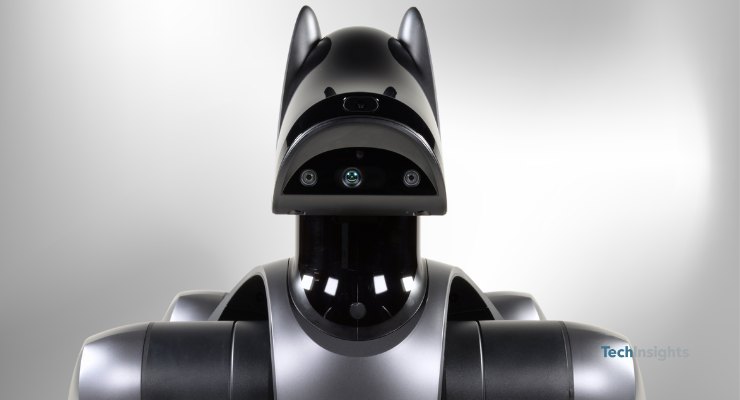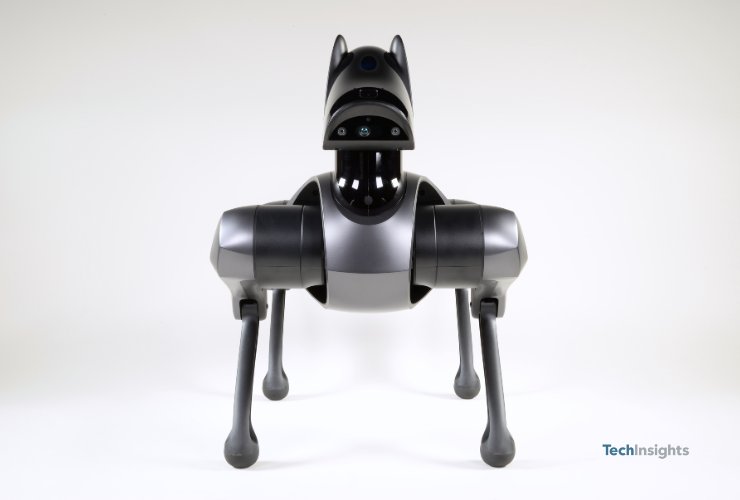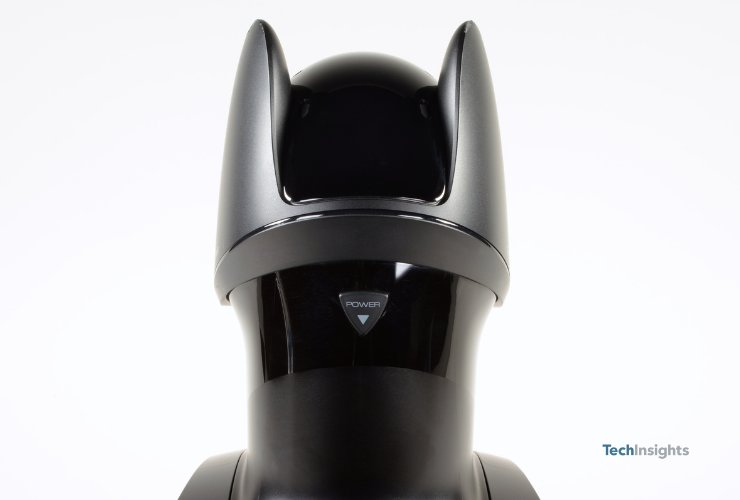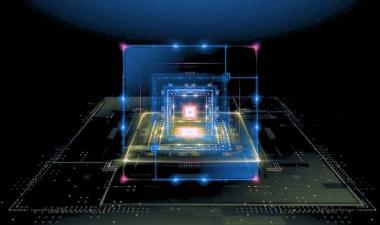Dive into Xiaomi CyberDog 2: How Does It See the World?
Have you ever thought about getting a Cyber Pet? The Xiaomi CyberDog 2 might just be what you’re looking for. But how does it sense its surroundings and interact with the world? The Xiaomi CyberDog 2 boasts a total of 19 sensors, divided into two primary categories: vision sensors and other sensors. These sensors collectively provide a comprehensive understanding of the environment, enabling advanced interaction capabilities.
Complete Analysis of Xiaomi CyberDog 2
Access the full analysis and explore the intricate details of these sensors.
The vision sensors of CyberDog 2 include imaging and distance measuring cameras, essential for tasks such as navigation, object recognition, and depth perception. The imaging cameras include four RGB cameras: one high-resolution AI camera and another with a slightly lower resolution located on the nose, along with two fisheye cameras on each side of the body. The Intel Real Sense D430 depth camera comprises stereo vision with two cameras and an IR illuminator. Additionally, there are four direct time-of-flight (d-ToF) cameras on the nose and the bottom of the body, and a LiDAR sensor positioned in the neck.
Camera annotations are available for view in the TechInsights Platform.
In addition to vision sensors, CyberDog 2 is equipped with several other sensors that contribute to its advanced functionality. These include an ultrasonic depth sensor in the neck, two ultra-wideband (UWB) sensors in the chest and the back of the head, a quad microphone array at the top of the head, and a touch sensor located at the back of the head.
The AI interactive camera in the nose uses the OmniVision OV13B10, a 13 MP back-illuminated CMOS image sensor with a pixel pitch of 1.12 µm. Manufactured by TSMC, this sensor has been utilized in various smartphones since 2020. The nose RGB camera features a 1.0 MP Front Illuminated CIS with a pixel pitch of 1.75 µm. The Intel Real Sense D430 depth camera uses stereo vision technology with two individual OmniVision OV9281 CIS cameras, which are 1.0 MP FI monochrome global shutters with a 3.0 µm pixel pitch. This technology was first analyzed by TechInsights in 2017.
The d-ToF cameras in the nose use the STMicroelectronics VL53L5 FI SPAD sensor for precise distance measurements. The TG30 LiDAR sensor is a d-ToF sensor featuring a silicon photomultiplier (SiPM) single photon avalanche diode (SPAD). The fisheye cameras on the sides of the body utilize the same OmniVision OV9281 CIS as the Intel Real Sense D430 depth camera.
Out of the 19 sensors in the CyberDog 2, 11 are dedicated to vision, mapping, and distance measurement. The cameras and sensors work in unison to provide CyberDog 2 with advanced capabilities such as face and gesture recognition, object avoidance, map construction, multi-point path planning, and short-range communication. While many of the image sensors have been analyzed by TechInsights, a few like the TG30 LiDAR and the 1.0 MP RGB camera are being observed for the first time.
Camera annotations are available for view in the TechInsights Platform.
The Xiaomi CyberDog 2 represents a remarkable fusion of cutting-edge sensory technology, making it a truly advanced cyber pet for tech enthusiasts and robotics aficionados alike. To access the full analysis and explore the intricate details of these sensors, log in to TechInsights Platform and discover more.












